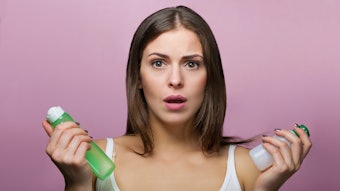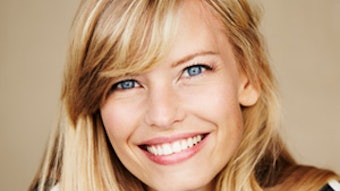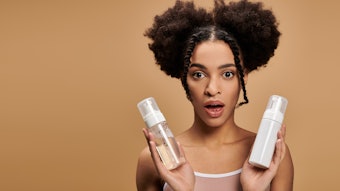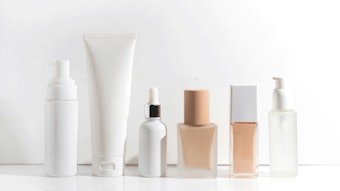
Beth Jonas, Ph.D., chief scientist of the Personal Care Products Council (PCPC), recently testified before the U.S. Senate Committee on Health, Education, Labor and Pensions (HELP), regarding practices in cosmetic development and safety. She emphasized the role science plays in the cosmetics and personal care industry and how our industry enhances the lives of millions of American families every day.
"The U.S. cosmetics industry invests nearly $3 billion each year in scientific research and development," said Jonas. "As a result of this research, approximately 2,000 new products are launched annually, and numerous scientific papers are published on enhancing or developing new safety methods."
She furthered that every product and its individual ingredients are required, under the Food, Drug and Cosmetic Act, to be substantiated for safety before being placed on the market. In addition, the labeling of products must be truthful and not misleading.
"It is a company’s clear responsibility to ensure that its products comply with the law, and the current law provides penalties for manufacturers that do not meet these standards," she said, adding, "Companies take their responsibility for safety very seriously ... with careful and thorough scientific research and development serving as the foundation for everything that we do."
Jonas highlighted that the North American industry employs nearly 6,000 scientific and technical professionals dedicated to ensuring product and ingredient safety. In addition, she nodded toward the third-party scientific and medical experts companies call on, including chemists, toxicologists, microbiologists, dermatologists, epidemiologists, environmental scientists and other technical experts, to evaluate and ensure the safety of products before they reach the consumer.
"The foundation of science-based safety assessments is that any ingredient has a safe range and an unsafe range whether it is water or a vitamin or a newly discovered compound," said Jonas. "An ingredient’s safe range is defined through many studies before it can be used in a product."
Jonas went into greater detail regarding testing, product surveillance, additional independent ingredient reviews, etc., about which many of our readers already are aware. In closing, she reiterated, "Our work and that of our members is based on sound scientific principles. Our industry puts consumer safety first, and we will continue to proactively work to ensure the products we manufacture contribute to the well-being of American consumers."
Well done, Jonas. It's nice to see our government liaison supporting our scientists' efforts by standing up to share with others the notion that cosmetic science is real.









!['[Sunscreen] developers will be able to innovate more efficiently while maintaining high standards of quality and safety for consumers.'](https://img.cosmeticsandtoiletries.com/files/base/allured/all/image/2024/06/woman_outside_using_sunscreen_on_face_ISO_test_standards_AdobeStock_783608310.66678a92029d9.png?auto=format%2Ccompress&fit=crop&h=191&q=70&rect=62%2C0%2C2135%2C1200&w=340)
